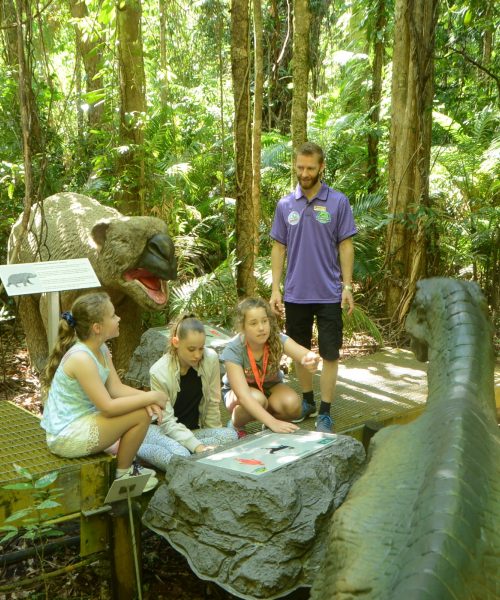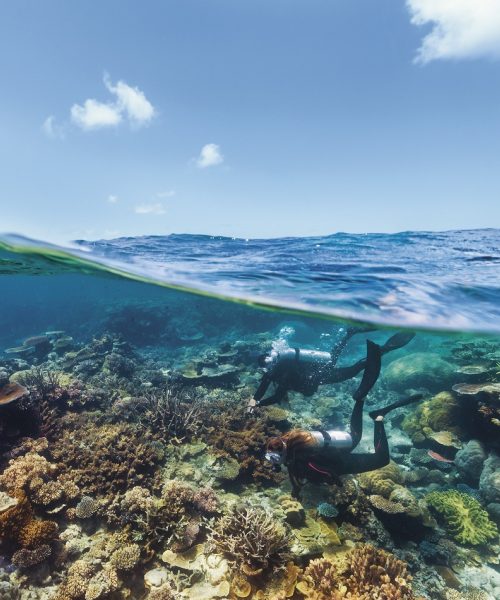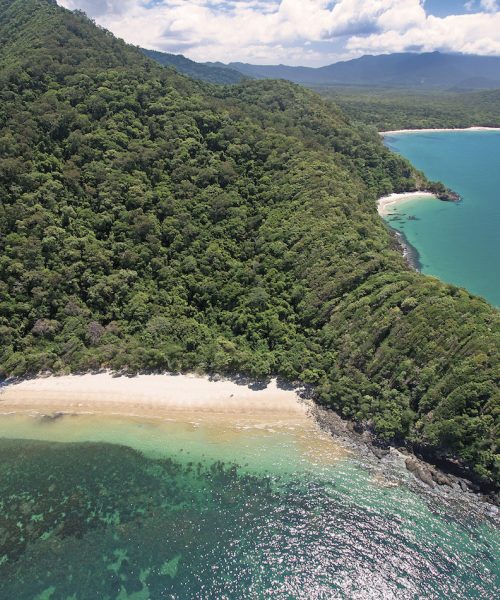The Daintree Rainforest is one of the most biologically diverse rainforests on the planet. This truly wild place forms a small part of the much larger Wet Tropics World Heritage Area and is home to rare and unusual animal species that are found nowhere else on the planet.
Let’s take a closer look at some of these unique Daintree Rainforest animals.
SOUTHERN CASSOWARY
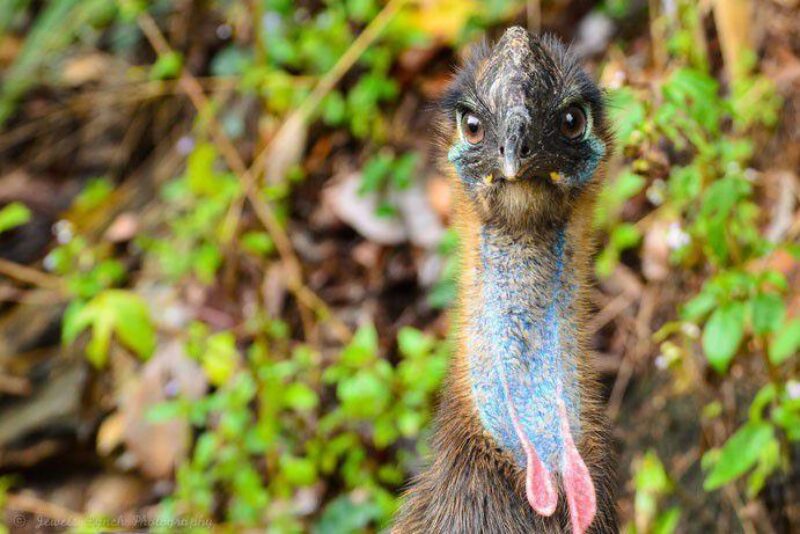
Photo by @jewelszee via Instagram
Queensland’s own big bird hails from the era of the dinosaurs and still roams the Wet Tropics World Heritage Area today. Often spotted from Mission Beach to the Daintree Rainforest lowlands, these stocky birds serve an important role in conservation.
The cassowary swallows seeds whole and as they travel long distances across the rainforest, these seeds are dispersed in other areas with its own built-in fertiliser. They really are a curious creature with a passion for gardening.
BENNETT’S TREE KANGAROOS
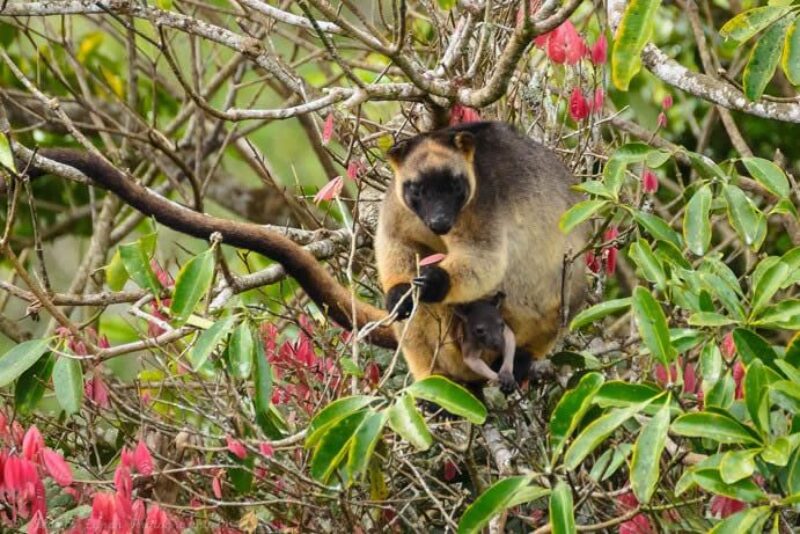
Photo by @jewelszee via Instagram
How cute are these little guys! The Bennett’s tree kangaroos have adapted to spend their lives in the trees of the Daintree Rainforest and surrounding areas.
Spotting these interesting creatures in the wild is quite rare. Tree Roo Conservation Rescue works together with Wildlife Habitat in Port Douglas to care for tree kangaroos that aren’t able to return to the wild. You can get a closer look at these gorgeous animals there.
MUSKY RAT-KANGAROO
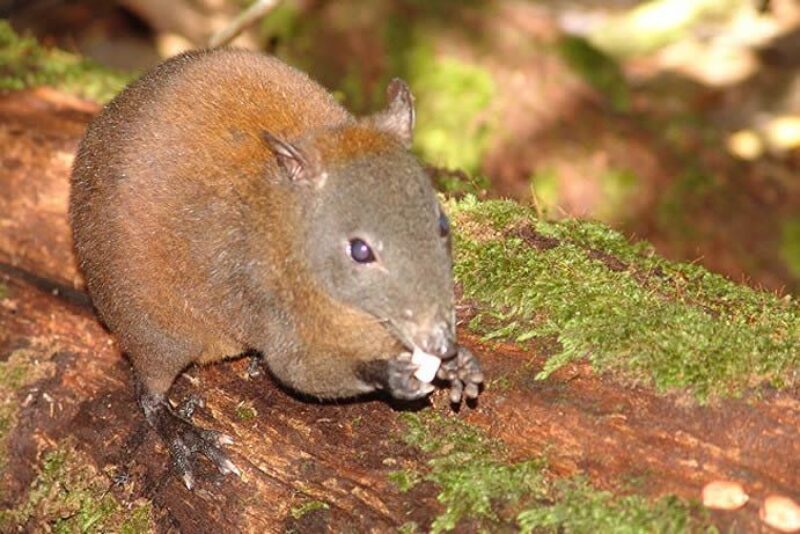
Photo by Thala Beach Nature Reserve
A musky rat-kangaroo is one of a few animals in the region that don’t mind being up during the day, so you might be able to spot them while they forage on the forest floor. At the Kangaroo family reunions, it might be the smallest ‘roo but it is the most primitive member, having remained relatively unchanged over the last 20 million years.
DAINTREE RIVER RINGTAIL POSSUM
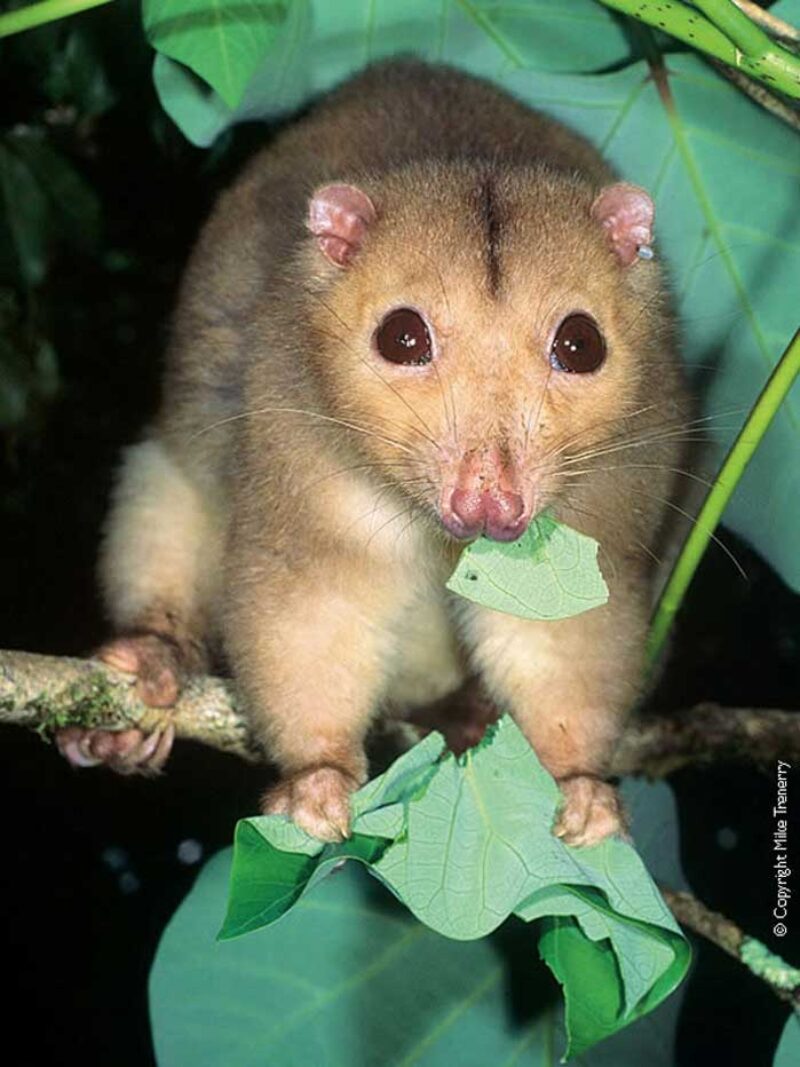
Photo by Mike Trenerry
This light coloured ringtail possum could be considered the hipster species of possums as they are only found in the cool Daintree River neighbourhood of the Wet Tropics region. They like to keep their habitat exclusive.
BUFF BREASTED PARADISE KINGFISHER
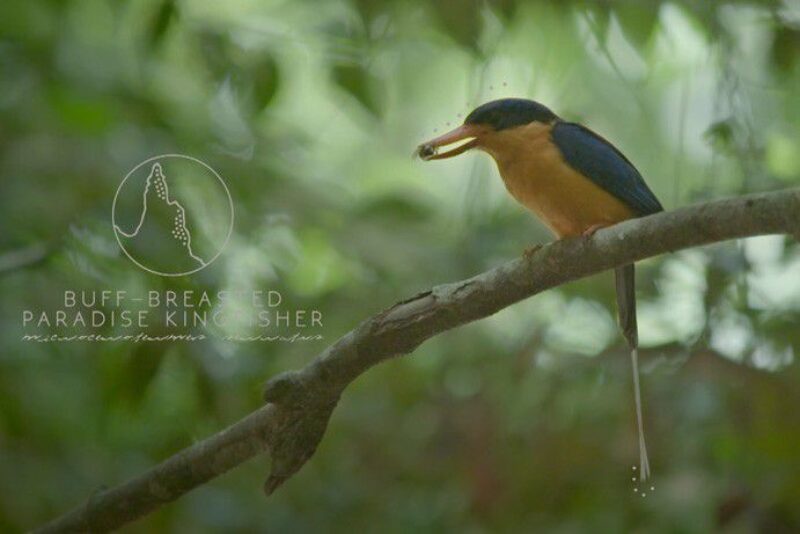
Photo by @esaltau via Instagram
The colourful buff-breasted paradise kingfisher migrates to the Wet Tropics area from New Guinea between October and April to nest and breed. Despite their colourful feathers, these birds are quite difficult to spot in the rainforest which makes them popular with birdwatchers.
LESSER SOOTY OWL
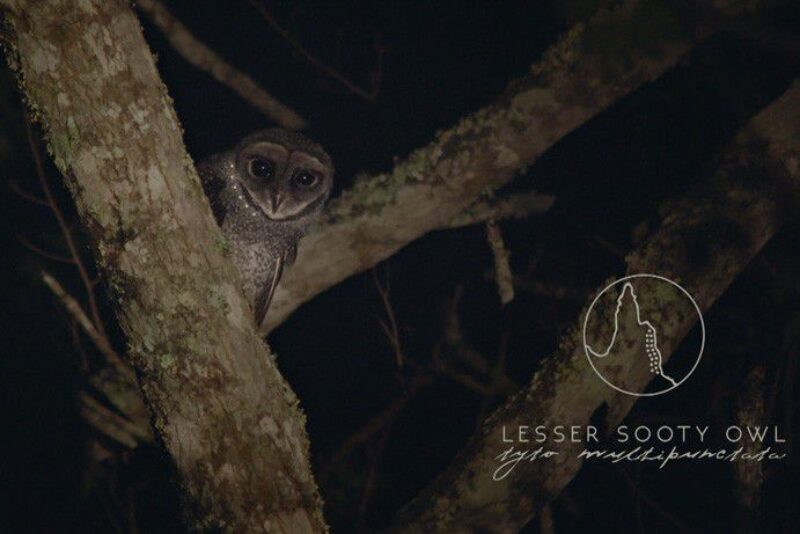
Photo by @esaltau via Instagram
This owl is endemic to the Wet Tropics region and is commonly spotted in the Atherton Tablelands area.
ULYSSES BUTTERFLY
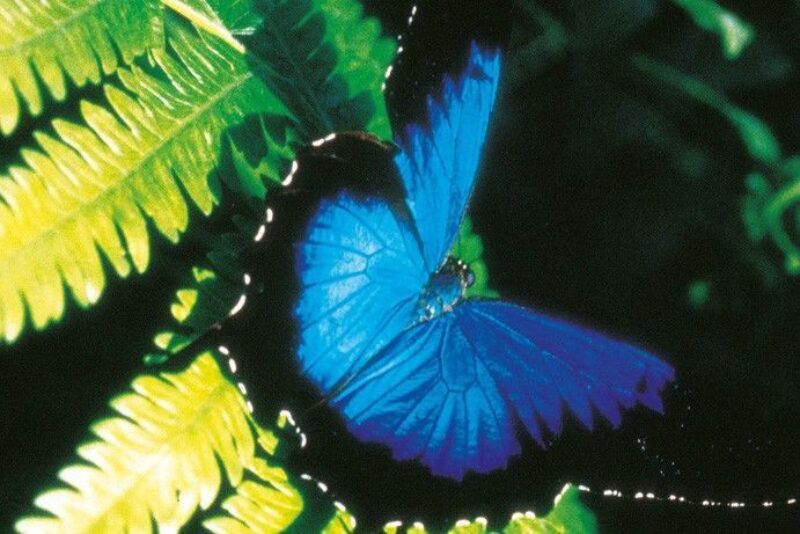
This brilliant blue and black butterfly is commonly seen in throughout rainforest openings, such as lookouts.
BOYD’S FOREST DRAGON
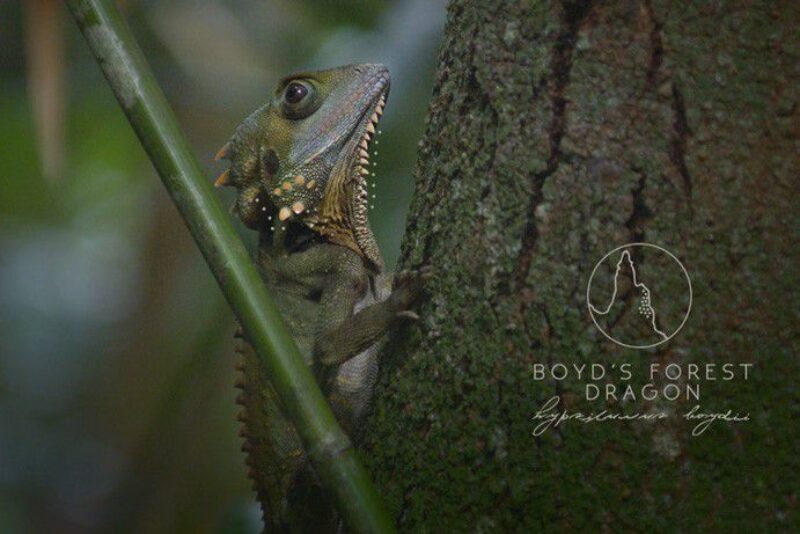
Photo by @esaltau via Instagram
These cool lizards are not only photogenic and endemic to the Wet Tropics area of Tropical North Queensland, they are literally cool. They maintain a colder body temperature than any other rainforest reptile in the surrounding area so that they do not turn up on the amethystine python’s heat-seeking radar.
SPOTTED-TAILED QUOLL
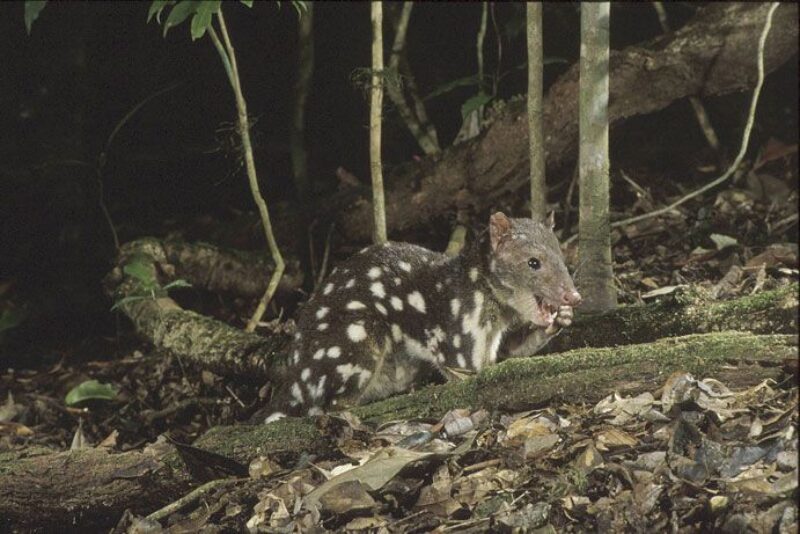
Photo by Wet Tropics Images
Australia’s largest native carnivore, the spotted-tailed quoll calls the Wet Tropics home. It has been described as the most ferocious animal in the bush, an excellent hunter by both night and day.
WHITE-TAILED RAT
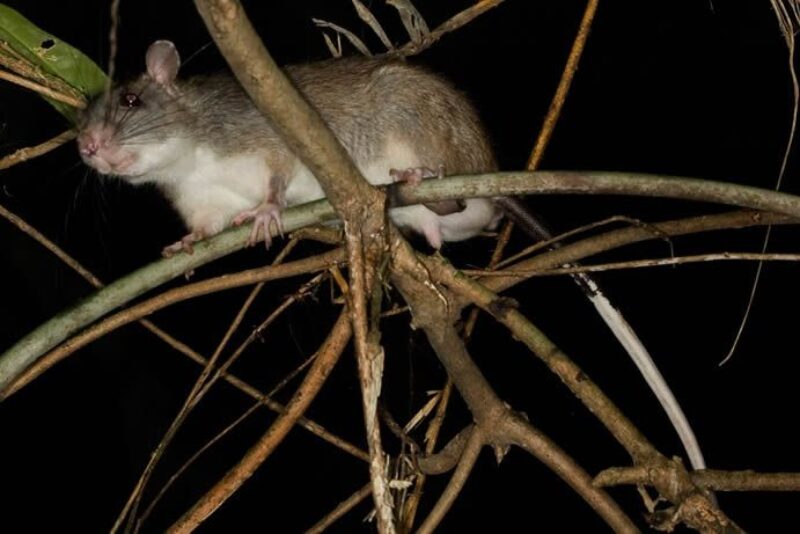
Photo by Cooper Creek Wilderness Tours
The area is also home to one of Australia’s largest rodents, the white-tailed rat, weighing 500 to 890 grams and often seen at night feeding on leftovers on the forest floor.
Originally Published on the Queensland Blog - the offical travel blog of Queensland Australia.

